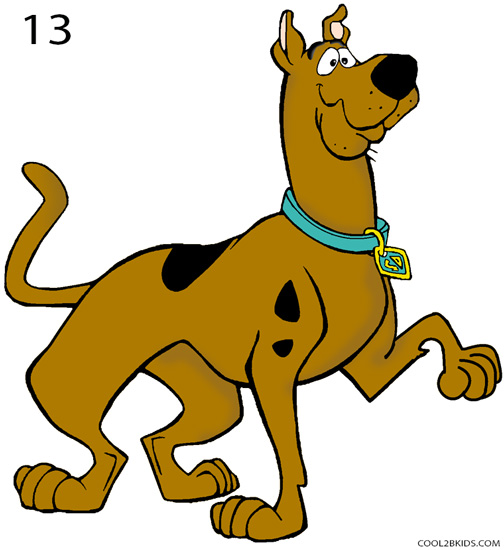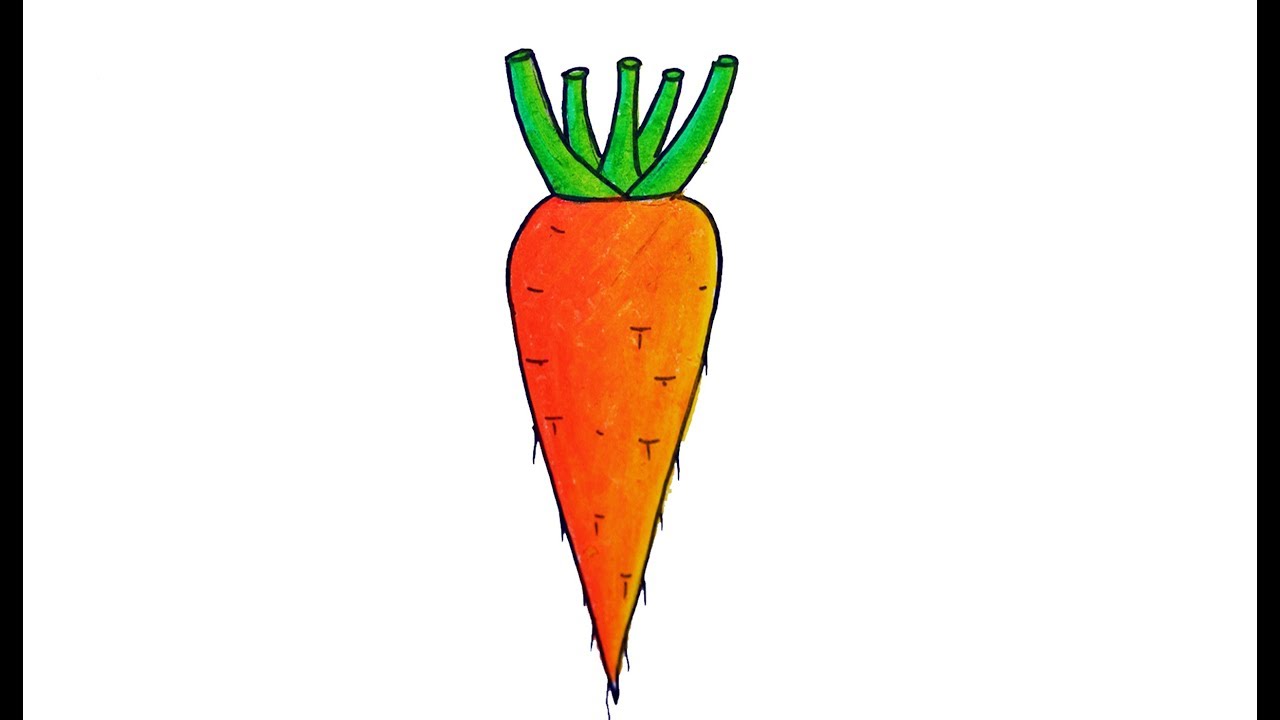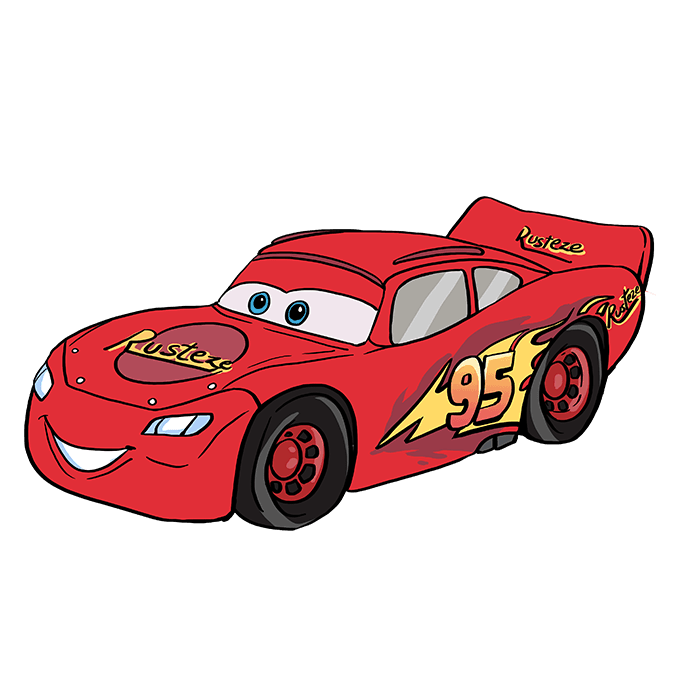How to draw pants
Table of Contents
Table of Contents
Are you looking to elevate your skills as an artist? Perhaps you’re struggling with drawing pants and want to take your art to the next level. Look no further - this guide will teach you everything you need to know about how to draw pants.
Pain Points
Drawing pants can be a daunting task, especially if you’re struggling with proportions and shapes. Perhaps you find it hard to create the illusion of fabric or to add shading to denote folds and creases. Many artists struggle with these aspects and feel discouraged when their pants just don’t look quite right.
How to Draw Pants
The first step in drawing pants is to understand both the human form and fabric behavior. Start by sketching out the basic shape of the legs, paying attention to the hips, knees, and ankles. Once you have this rough outline, add details to create the desired style, such as pockets, pleats, or cuffs. Finally, add shading to denote the folds and creases in the fabric, carefully observing how fabric behaves and varies depending on the material and tightness of the pants.
Summary of Main Points
When learning how to draw pants, it’s crucial to understand both the human form and fabric behavior. Start by sketching out the basic shape of the legs and adding details to create your desired style. Take your time with shading to denote fabric folds and creases, and observe how the material behaves to create a realistic effect.
How to Draw Pants - Tips and Tricks
When I first started drawing pants, I struggled with getting the proportions right. I found that starting with the basic shapes and building up the details was a helpful way to create a foundation for the pants. Additionally, focusing on how the fabric would behave allowed me to add more depth and dimension to my pants. Remember to take your time with shading and observe how the light hits the fabric to create a realistic effect.
Troubleshooting Common Issues with Drawing Pants
One issue many artists encounter with drawing pants is getting the folds and creases to look natural. A helpful tip is to observe how fabric behaves in real life - try on some pants and examine how the fabric folds as you move your legs. This will give you a better understanding of how the pants should look when you draw them. Another common issue is getting the proportions right - make sure to observe the human form and create a rough outline before adding details.
How to Draw Pants - Fabric Types and Textures
When it comes to drawing pants, it’s important to consider the type of fabric and texture. Denim requires a different shading technique than satin, for example. Take note of the fabric type and how it behaves when drawing pants. Doing so will allow you to create a more realistic and accurate depiction of the pants.
Experimenting with Different Styles
One of the fun aspects of drawing pants is experimenting with different styles. Try drawing wide-leg pants or flares for a vintage look, or skinny jeans for a modern vibe. Adding in unique details such as embroidery or distressing can make your pants stand out and add a personal touch to your art.
Question and Answer
Q: How can I add more depth to my pants?
A: Consider the lighting in your drawing and observe how fabric folds and creases in real life. Take note of where the shadow should fall and where highlights would naturally appear.
Q: How can I ensure my pants are proportional?
A: Start with a rough outline of the legs and use reference photos to ensure the length and width of the pants are accurate. Pay attention to the positioning of the knees, hips, and ankles.
Q: What’s the best way to add shading to my pants?
A: Take note of the light source in your drawing and observe how the fabric would naturally fall in that light. Add shadows to areas where the fabric would fold or crease and add highlights to areas where the light would hit.
Q: How can I make my pants stand out?
A: Experiment with unique details such as embroidery, pockets, or distressing. Additionally, consider the fabric type and texture to create a more unique and realistic look.
Conclusion of How to Draw Pants
Learning how to draw pants is an important aspect of any artist’s skillset. By understanding the human form and fabric behavior, you can create realistic and accurate depictions of pants in various styles and textures. Use shading to add depth and dimension, and experiment with unique details to make your pants stand out.
Gallery
How To Draw Pant Step By Step – For Kids & Beginners

Photo Credit by: bing.com / howtodrawa
How To Draw Pants - Really Easy Drawing Tutorial

Photo Credit by: bing.com /
How To Draw Pants - Really Easy Drawing Tutorial

Photo Credit by: bing.com /
Pants Drawing Reference And Sketches For Artists
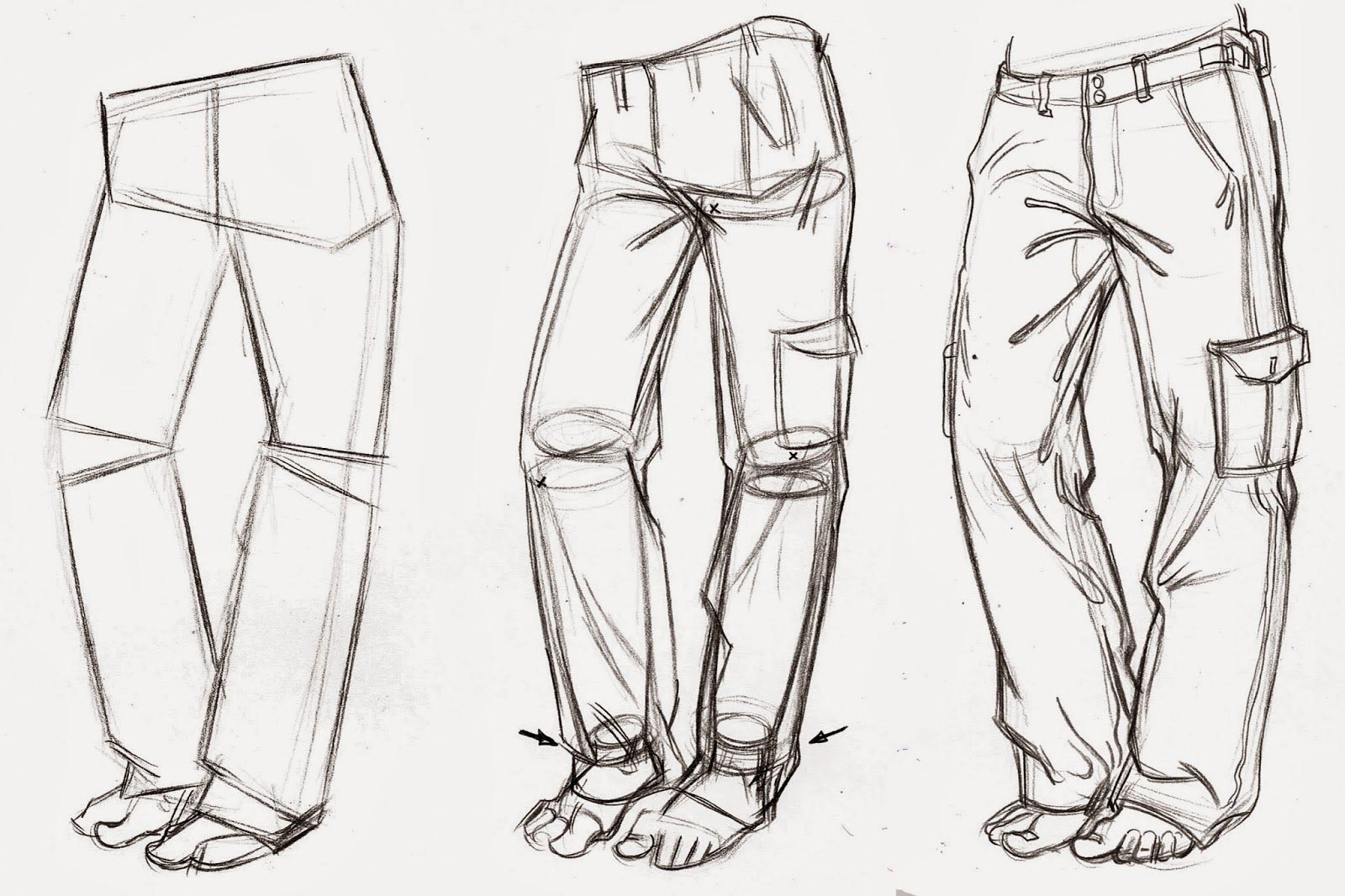
Photo Credit by: bing.com /
How To Draw Pants - Easy Drawing Art
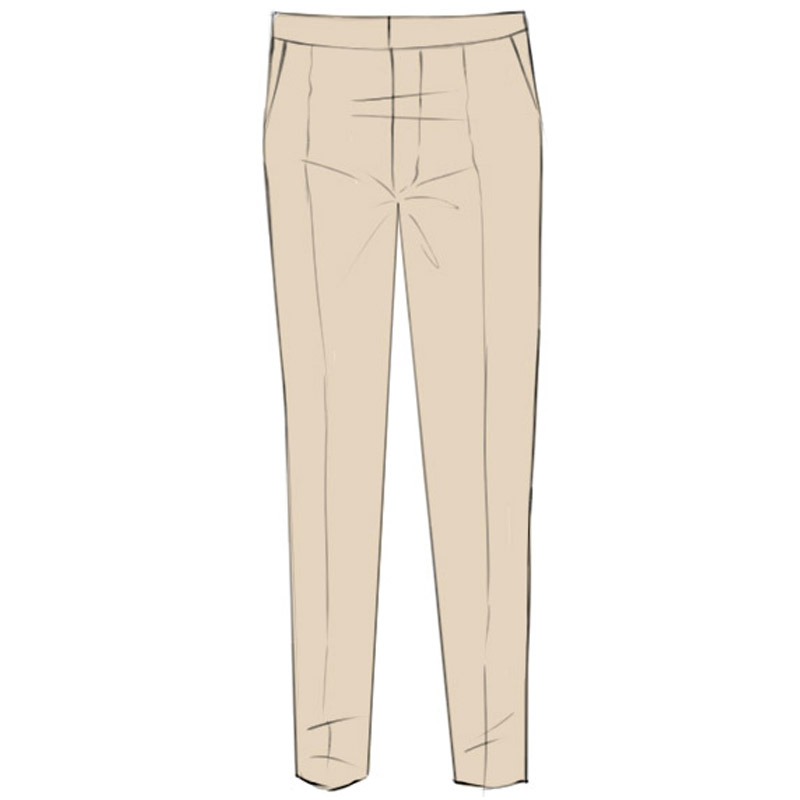
Photo Credit by: bing.com /

